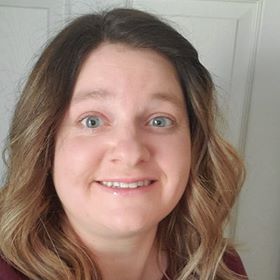
Kristie Celebrates Her Two-Year Transplant Anniversary

After 5 years of having issues seeing clearly out of her left eye, Kristie was able to receive a corneal transplant on March 19, 2018. Kristie’s vision had deteriorated due to corneal disease.
“It just got worse and worse as time went by to where contacts or glasses would not correct it! I was in surgery for 5 hours,” says Kristie, who was 34 and a stay-at-home mom at the time of her transplant. “After surgery, I was told to wear an eye patch for 1 day, but I ended up needing to wear it for a few days as my eye was sensitive to light. My eye was sore for a few weeks and slightly watery and bloody looking. I could not bend down or lift anything more than 25 pounds for 6 weeks and I had to use 2 eye drops after surgery for a month – an antibiotic drop and a sterile drop.”
Dr. Shachar Tauber was Kristie’s corneal surgeon. “He is a great doctor,” she says. “I would suggest him to anyone who lives in that area. He was very informative to my husband during surgery and after and he even checked on me after surgery and told me to let him know anytime I needed anything. I will go back to him again if I have any more eye problems in the future.”
Kristie adds she also had checkups with her eye doctor, Dr. Hood, every 2 weeks for a month then every month for 11 months to have stitches removed. “I had 16 stitches and they took them out 2 or 3 stitches at a time. I recovered nicely with no complications! Each time I have doctor’s appointment my sight gets better and better!” She’ll continue to have follow-up appointments at least once a year. “There is also a little pin hole black dot on my left iris that will be there for the rest of my life, so it helps my eye drain,” she says.
“It’s awesome and I’m thankful,” says Kristie. “I can actually see better than my right eye now which is interesting because my right eye used to be my ‘helping me see eye’.
“Before my transplant, I could not see anything, and everything was foggy in that eye. I couldn’t even see words on the TV. I can now see in a hard contact. I have to wear a contact because I have astigmatism in both eyes. Before I could not wear a contact and see through it.” Kristie adds that she was born hard of hearing and the corneal transplant has helped her so much to see better and navigate her day-to-day life. She and her husband are even going to the gym and exercising together now.
Connecting Through Correspondence
Prior to Kristie’s transplant, she didn’t have a connection to organ, eye and tissue donation. Through the process she says she’s learned a lot. “It sure makes a difference to someone’s life. Without a transplant, some can’t see or live better lives. Some could even die.” Kristie chose to write a thank you letter to her donor family as well. “I just wanted to say thank you for their loved one’s precious gift.”
Because of her experience Kristie has signed up to be a donor on her driver’s license to help others. You can join the donor registry at registerme.org or at your local DMV.

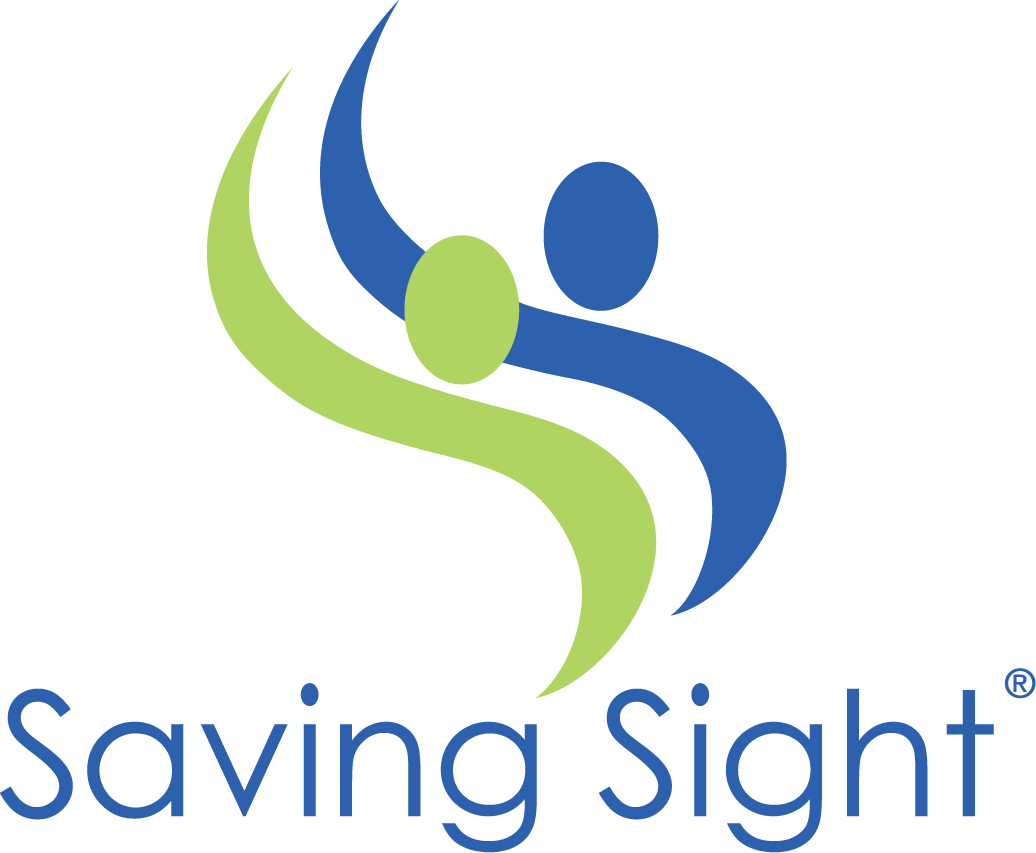
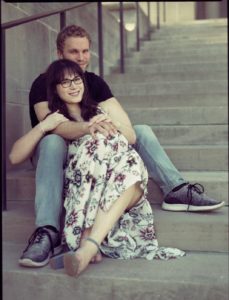
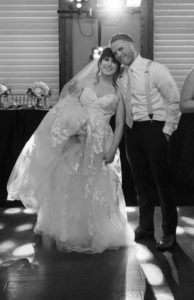
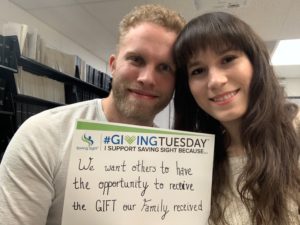

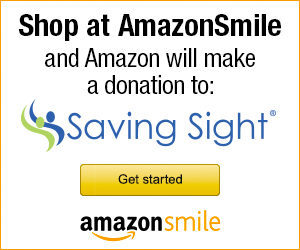 smile.amazon.com and pick Saving Sight as the charitable organization you want your purchases to support.
smile.amazon.com and pick Saving Sight as the charitable organization you want your purchases to support.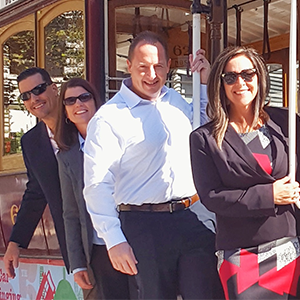
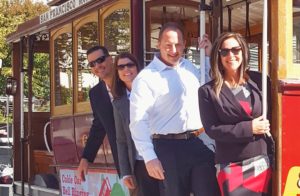 The American Academy of Ophthalmology (AAO) annual meeting was held in San Francisco this October. This meeting is the world’s largest association of eye physicians and surgeons, bringing together leaders from around the world.
The American Academy of Ophthalmology (AAO) annual meeting was held in San Francisco this October. This meeting is the world’s largest association of eye physicians and surgeons, bringing together leaders from around the world.
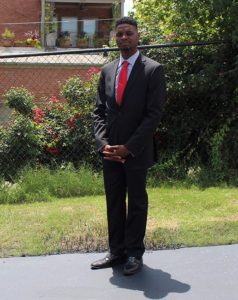 “Since I had my cornea transplant my experience has been filled with joy because, for the first time, I do not feel like there’s anything that can hold me back. I feel like I can literally do anything without worrying about my sight,” says Casey. Casey is currently a dual major student and is studying Criminal Justice and Psychology with credentials in International Conflict and Child/Adolescence Development. When Casey was fifteen years old he developed a cataract on his left eye. Without cataract surgery, doctors said he would go blind in that eye. “However doctors did not know whether the surgery would restore my sight,” said Casey. “I had the surgery and waited a few months to see if my sight would be restored.
“Since I had my cornea transplant my experience has been filled with joy because, for the first time, I do not feel like there’s anything that can hold me back. I feel like I can literally do anything without worrying about my sight,” says Casey. Casey is currently a dual major student and is studying Criminal Justice and Psychology with credentials in International Conflict and Child/Adolescence Development. When Casey was fifteen years old he developed a cataract on his left eye. Without cataract surgery, doctors said he would go blind in that eye. “However doctors did not know whether the surgery would restore my sight,” said Casey. “I had the surgery and waited a few months to see if my sight would be restored.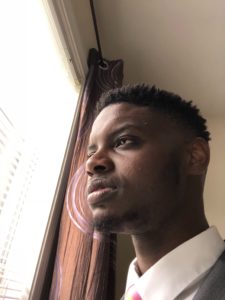 “I have learned a lot during this long process. I learned that there are hundreds of people like me out there who need a second chance at living. I know as a recipient I have the power to spread my message to people.
“I have learned a lot during this long process. I learned that there are hundreds of people like me out there who need a second chance at living. I know as a recipient I have the power to spread my message to people.